Differences Between Fall Restraint and Fall Arrest Systems
Falls from heights are one of leading causes of work-related deaths in New Zealand. Fall restraint systems and fall arrest systems are crucial for the safety of those working at heights. 'Fall Restraint' and 'Fall Arrest' are often mistaken as the same concept.
The information below will help you understand the features of the different height safety equipment, what each system is used for and how it protects workers.
Fall Restraint Systems vs Fall Arrest Systems
Fall arrest systems and fall restraint systems are designed to keep workers safe and reduce fatalities when undertaking work at heights.
- Fall Restraint Systems are designed to prevent falling hazards through a tie off system.
- Fall Arrest Systems allow a fall to occur but are designed to stop or catch the falling person and minimise injury in the event of a fall.
Depending on the local environment, each height safety system has its uses and benefits and assessing the safety risks for each individual work site is important. Details like the location, stability and surface coatings of the area being working on will be considered when choosing a fall arrest system and / or a fall restraint system are necessary.
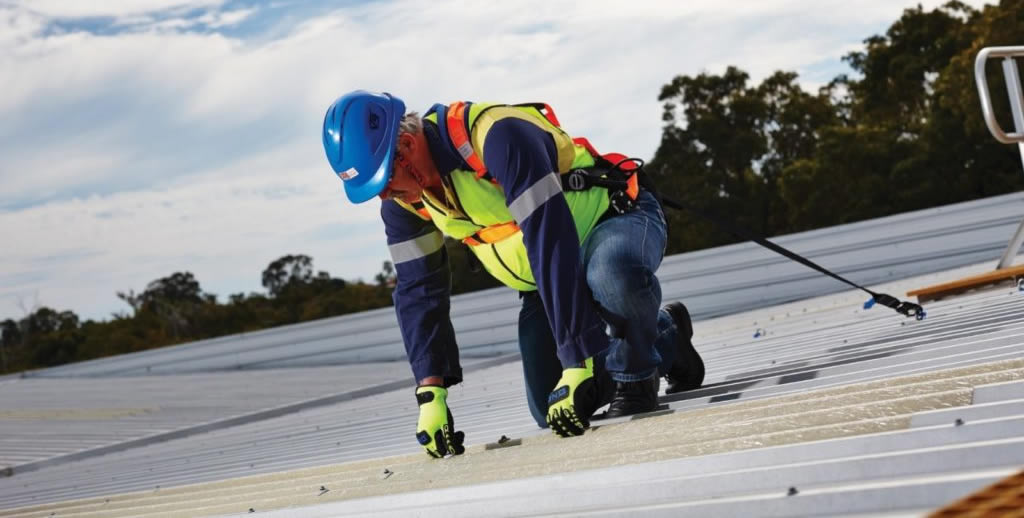
Fall Restraint Systems
Fall restraint systems can be used when workers need to operate on the edge of a hazard, but not exactly at the point of risk. They should be used in all situations where danger could occur to assist with minimising the risk of a fall.
Fall restraint equipment refers to:
- Guardrails
- Walkway systems
- Static restraint lines
- Fixed anchor points
These restraint systems are used for lower risk situations to prevent workers from reaching the point of hazard.
Walkways and guardrails are a permanent system, providing safe access for workers on almost all elevated surfaces. These are considered the best fall protection system and provide a great level of security when working at heights.
Static line systems provide continuous attachment, and are strategically installed to ensure workers can access all areas of work without needing to detach from the line.
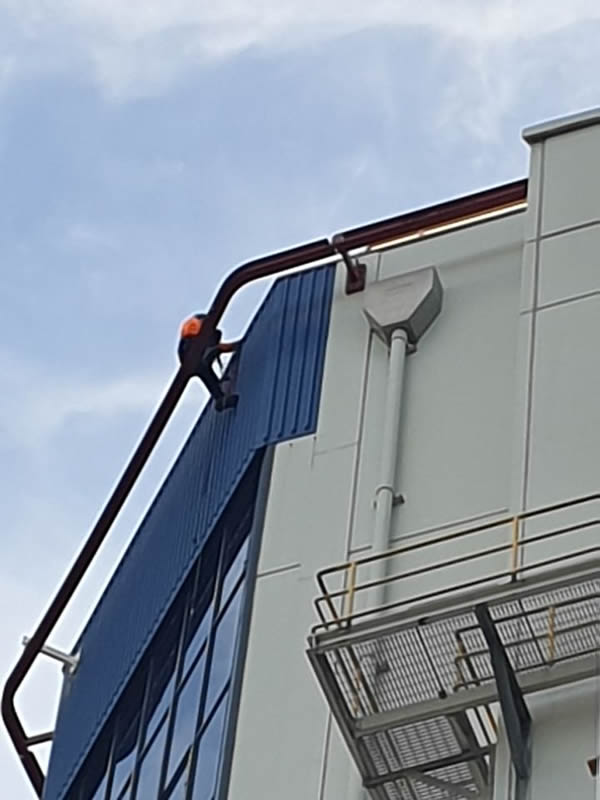
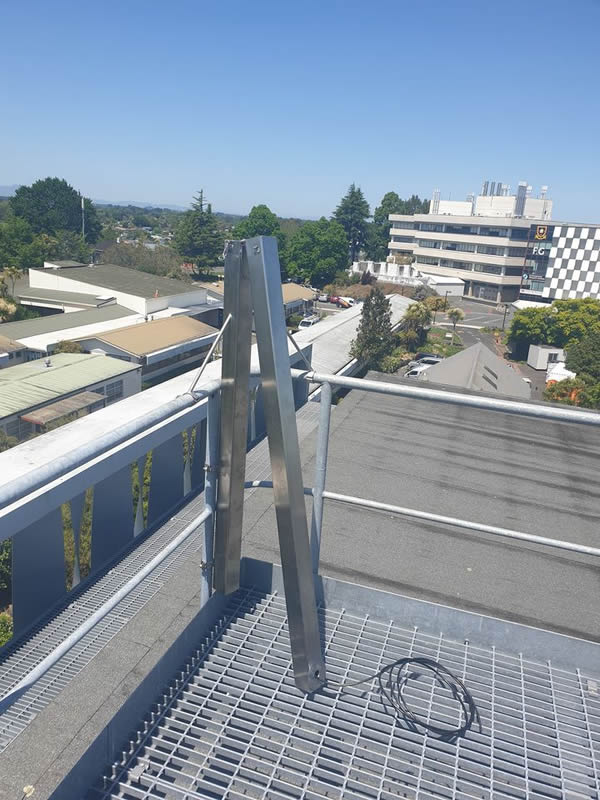
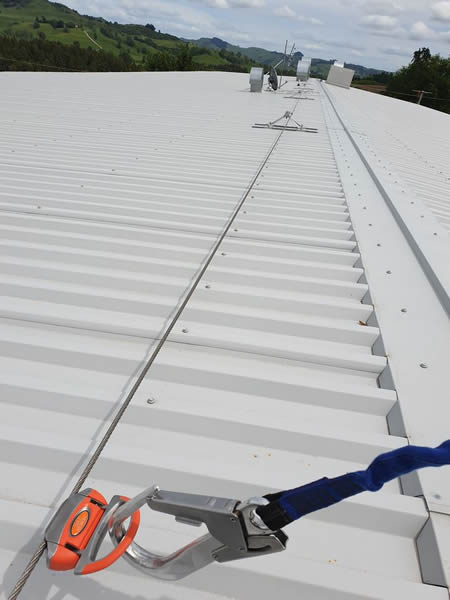
These restraint systems are used for lower risk situations to prevent workers from reaching the point of hazard.
Walkways and guardrails are a permanent system, providing safe access for workers on almost all elevated surfaces. These are considered the best fall protection system and provide a great level of security when working at heights.
Static line systems provide continuous attachment, and are strategically installed to ensure workers can access all areas of work without needing to detach the line.
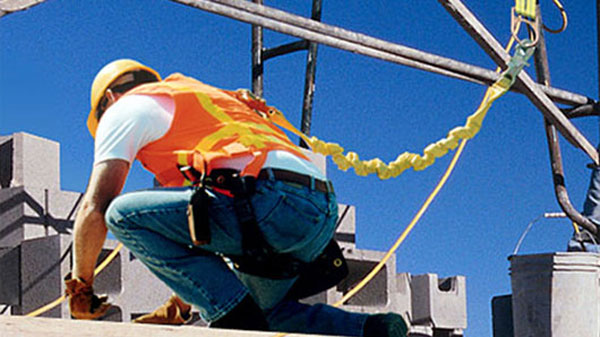
Fall Arrest Systems
Fall arrest systems are organised in 2 categories – general and personal.
- General fall arrest systems must be used in every circumstance possible, and include catch platforms and safety nets.
- Personal fall arrest systems require specific Height safety PPE and attachment systems.
Personal fall arrest systems arrest a fall through the use of Height Safety PPE equipment. This can include:
- Harnesses
- Lanyards with shock absorbers
- Self-retracting lifelines.
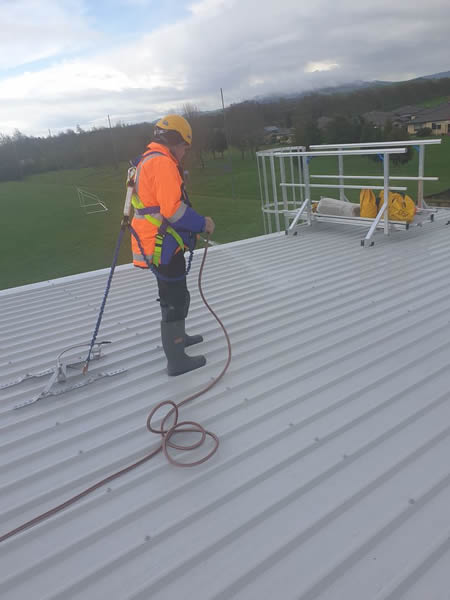
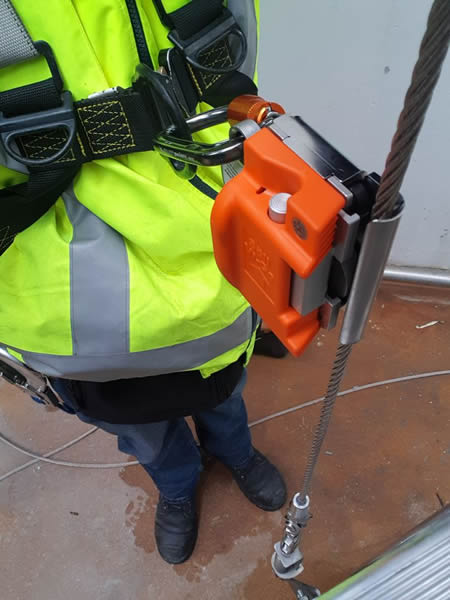
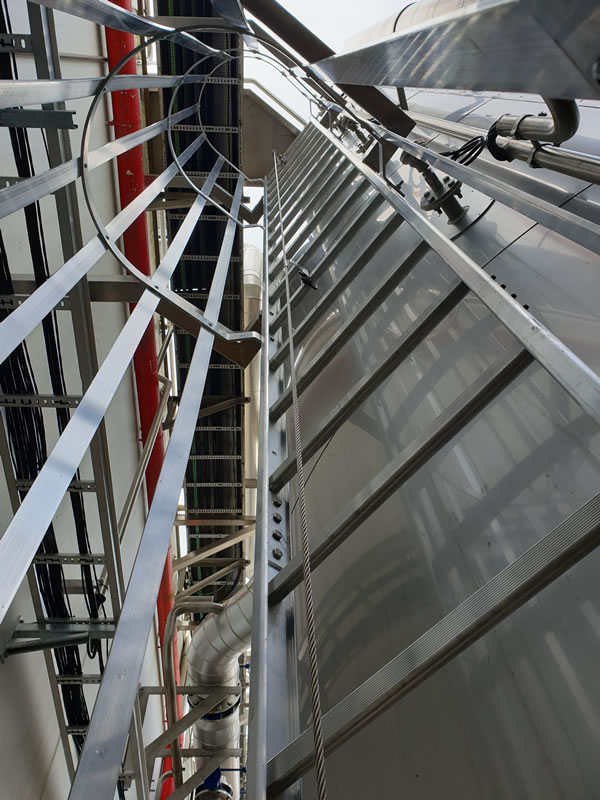
These systems utilise Roof anchor point systems, lanyards, rope lines and pole straps in the personal fall arrest setup, however the harness in particular is of critical importance. A full body harness has the power to stop even the most dangerous falls. The fall arrest line is attached to the point on the harness that will provide the most appropriate protection for the situation. A full body harness must be worn at all times when working in fall arrest under Australian/ New Zealand standards and must be comfortable for the worker to wear all day.
An overhead rail system is used when working above machinery or for façade access. When a retracting lifeline is attached, it prevents the worker from falling and ensures they remain in a restraint position.
An individual arrest system must only be used when circumstances do not permit a higher level of control. These systems rely on the workers to take safety into their own hands and require thorough checks and testing before each use.
Height Services New Zealand are one of the leading height safety services companies in New Zealand offering a range of Fall Arrest and Fall Restraint systems as well as installation and certification services.
Get in touch for a custom height safety solution designed for your specific purposes.
ACC Statistics for Fall Related Injuries
Injuries from falls costs ACC over two billion New Zealand Dollars each year in the last couple years.
| Year | New claims | Active claims | Total cost |
|---|---|---|---|
| 2024 | 825,437 | 971,596 | $2,538,647,751 |
| 2023 | 793,722 | 921,431 | $2,153,340,228 |
| 2022 | 750,362 | 870,806 | $1,859,962,283 |
| 2021 | 760,457 | 883,996 | $1,596,380,710 |
| 2020 | 754,499 | 863,264 | $1,468,756,774 |
| 2019 | 808,305 | 911,120 | $1,365,577,107 |
| 2018 | 796,132 | 885,322 | $1,241,098,191 |
| 2017 | 775,491 | 859,855 | $1,107,814,275 |
| 2016 | 807,956 | 889,143 | $1,065,187,065 |
| 2015 | 826,315 | 898,430 | $1,006,893,769 |